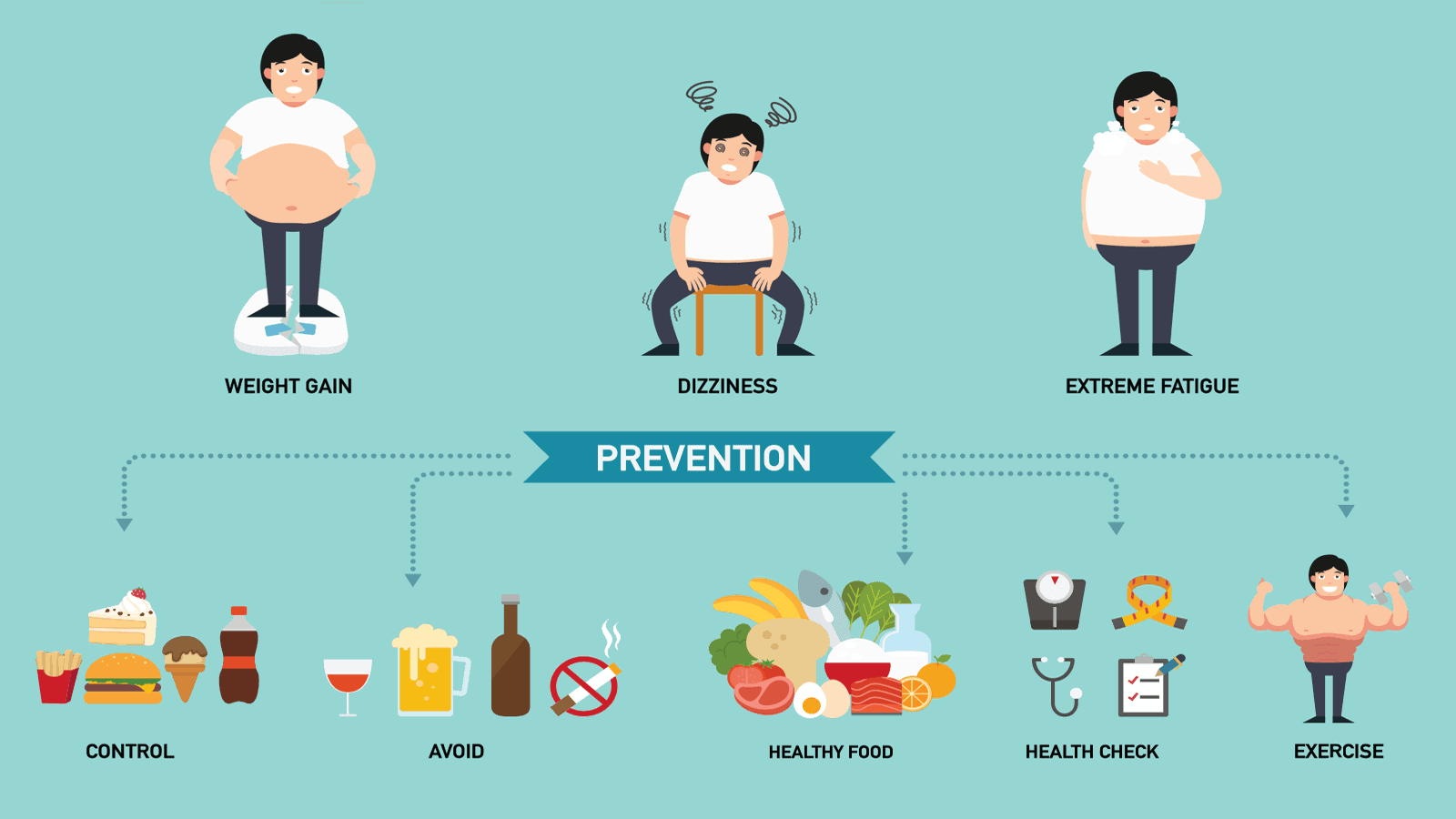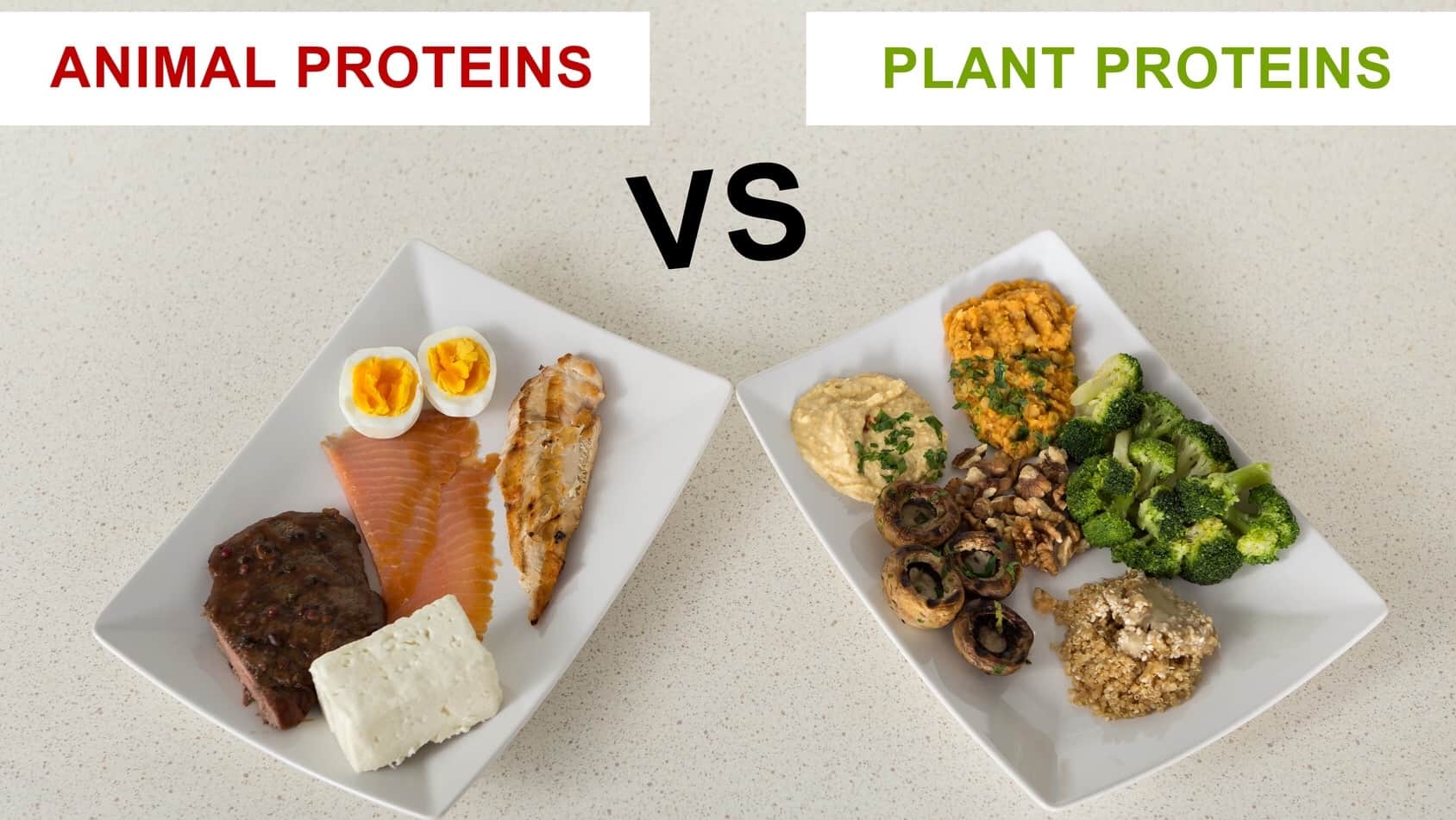Eating healthy foods and having a balanced diet is important for everyone, regardless of age, race, gender or social status. If you are one of the millions of individuals diagnosed with certain medical conditions, ensuring proper nutrition in your daily regime has probably become second nature. More specifically, if you or someone you know is diabetic, you have probably noticed that certain foods are off-limits while the consumption of others is necessary to maintain and improve blood glucose levels.
Diabetes occurs when an individual has increased levels of glucose in the bloodstream. In a healthy, non-diabetic person, the pancreas produces the right amount of insulin and releases the hormone into the bloodstream. As a result, the levels of glucose are regulated and the body functions normally. On the other hand, the pancreas of individuals diagnosed with diabetes does not produce sufficient amounts of insulin, and sometimes no insulin at all. Since the body’s cells require glucose to create energy, when the cells do not receive sufficient amounts of glucose, it remains in the bloodstream.
If excessive levels of glucose continue to exist in the bloodstream, serious health conditions may arise, including the development of diabetes. While there is no cure for the condition, intelligent lifestyle choices and a well-balanced diet are effective methods of managing it. More importantly, diabetics may incorporate a diabetic diet into their daily routine to maintain a sense of normalcy.
What is a diabetic diet plan?
As the description implies, a diabetic diet simply involves eating healthy foods while maintaining a daily routine of moderate portions within structured meals. Although it is essential that individuals with diabetes follow a well-organized eating plan to ensure blood glucose levels remain on target, a diabetic diet is safe for practically everyone, diabetic or not.
What is included in a diabetic diet plan?
The first step in any effective diet is maintaining a schedule. Having meals at the same time each day assists in the production and use of insulin, no matter if it is produced by the body or received through prescription medications. Then, create a personalized plan based on your level of activity as well as dietary needs and preferences. If you are not very familiar with nutrition, food groups, and defining your required caloric intake, you may want to consider consulting with a registered dietitian (RD) for the creation of a diabetic diet plan. The next essential step is determining the types of foods to include and which to exclude from your diabetic diet.
Food recommendations
Diabetics need to maintain a nutritious diet high in vitamins and minerals.
Carbohydrates are found in foods high in starch including:
- whole grain foods with no or minimal amounts of sugar
- whole grain foods including oatmeal, quinoa, and brown rice
- baked sweet potatoes.
Vegetables are good sources of fiber and include:
- greens such as kale or spinach
- fresh vegetables served raw, grilled, steamed, or roasted
- canned vegetables with no salt or low sodium amounts.
Fruits are always a favorable option because they are naturally low in fat. Instead of junk food, consider healthy snack food alternatives such as:
- fresh, frozen, or canned fruits with no sugar additives
- applesauce with no sugar additives
- preserves or jams with no or low amounts of sugar.
When planning your meals, do not forget to include proteins found in:
- poultry and chicken (preferably breast meat instead of leg or thigh)
- dairy products low in fat
- seafood (including heart-healthy fish such as tuna, salmon, and mackerel)
- plants and sprouts (bean, nuts, seeds, and tofu)
- dairy products low in fat.
What to avoid
“Diabetes increases your risk of heart disease and stroke by accelerating the development of clogged and hardened arteries” (Mayo Clinic, 2018). With this in mind, steering clear of certain foods is just as important as including others in your daily routine.
Refrain from foods high in:
- cholesterol – i.e. fatty dairy products, liver, egg yolks
- saturated fats – found in proteins such as hot dogs, sausage, and beef
- sodium – limit your daily intake to 2,300 mg
- trans fats – processed, baked, and prepackaged foods.
The Bottom Line
Although diabetes is incurable, individuals who suffer from the condition may rest easier that their glucose levels are under control thanks to a well-organized diabetic diet. The plan not only manages diabetes, it also reduces the risk of complications such as cancer and cardiovascular disease. With so many health benefits, is there any reason not to start a diabetic diet today?


















